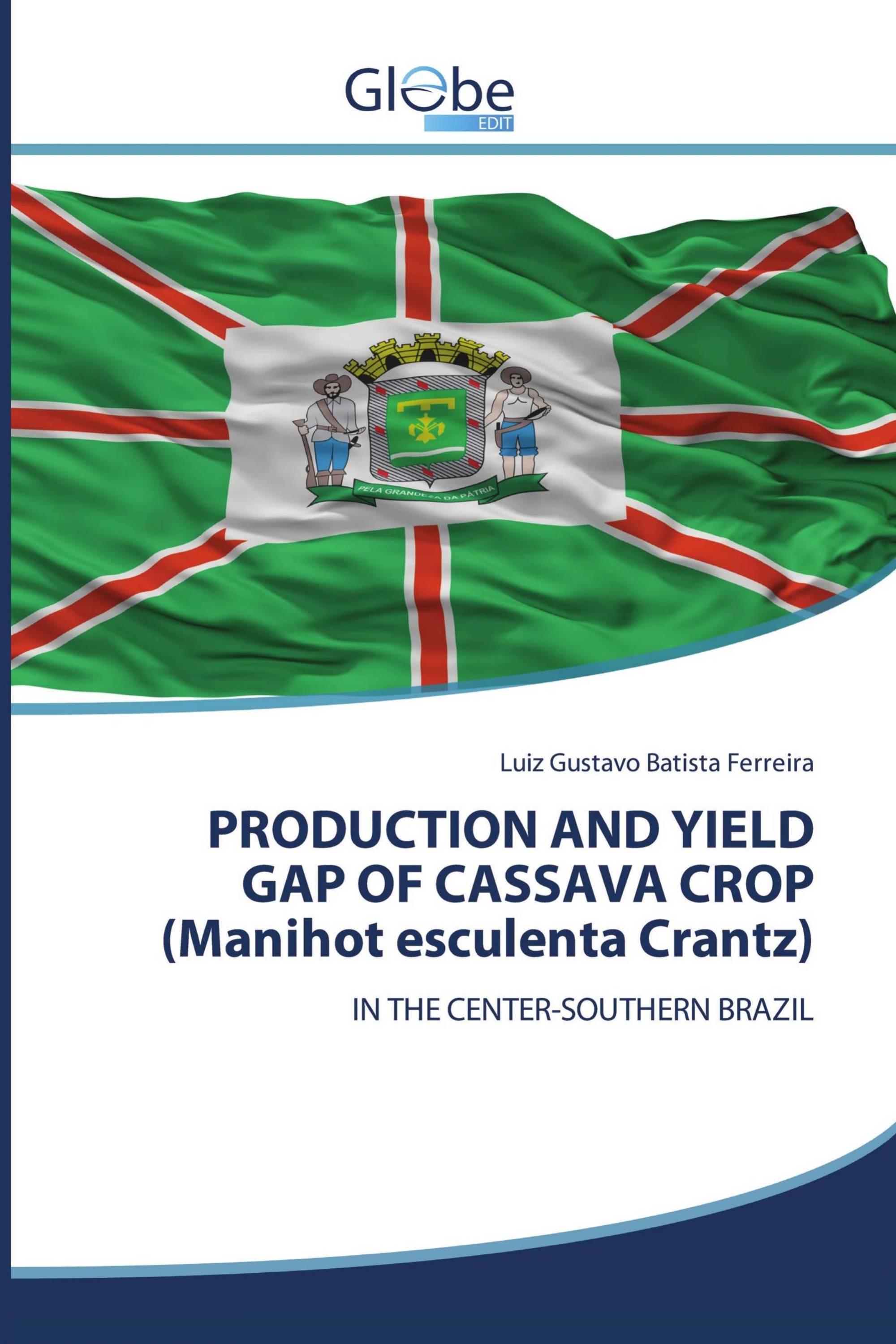PRODUCTION AND YIELD GAP OF CASSAVA CROP (Manihot esculenta Crantz)
IN THE CENTER-SOUTHERN BRAZIL
€ 39,90
According to the Food and Agriculture Organization, FAO (2013), the availability of agricultural areas is concentrated only in a few countries, with about 90 % of land for agricultural expansion located in Latin America and Sub-Saharan Africa. In Latin America, Brazil has a key relevance for food production, with high potential for expansion (SAATH; FACHINELLO, 2018). However, environmental concerns and the preservation of native forests have limited the agricultural expansion, thus, the appropriated alternative is increasing yields, instead of deforestation (SAATH; FACHINELLO, 2018). It is important studying the factors that verify the limited and determined factors of the cassava productions, and to analyse the key causes of its inter-annual and inter-regional variability or simply called loss of yield. Increasing crops yield means reducing yield losses caused by weather and agricultural management, known as yield gap (Yg) (GODFRAY et al., 2010; SENTELHAS et al., 2015).Although the technological and scientific advances, the climate is still the most important variable for crops productions (CALDANA et al., 2019; CALDANA et al., 2021).
Book Details: |
|
|
ISBN-13: |
978-620-0-63978-3 |
|
ISBN-10: |
6200639787 |
|
EAN: |
9786200639783 |
|
Book language: |
English |
|
By (author) : |
Luiz Gustavo Batista Ferreira |
|
Number of pages: |
52 |
|
Published on: |
2022-12-02 |
|
Category: |
Agriculture, horticulture, forestry, fishery, nutrition |
